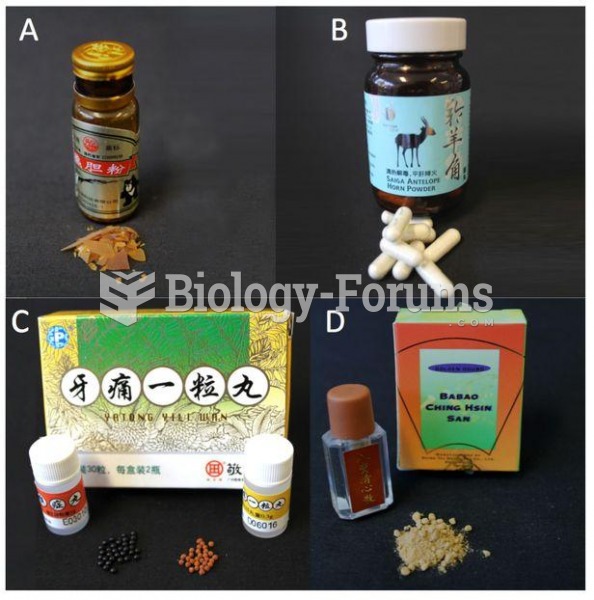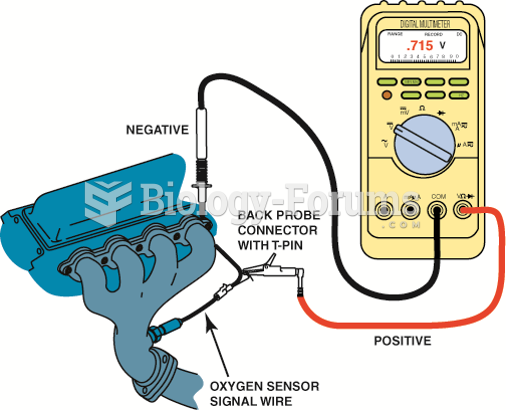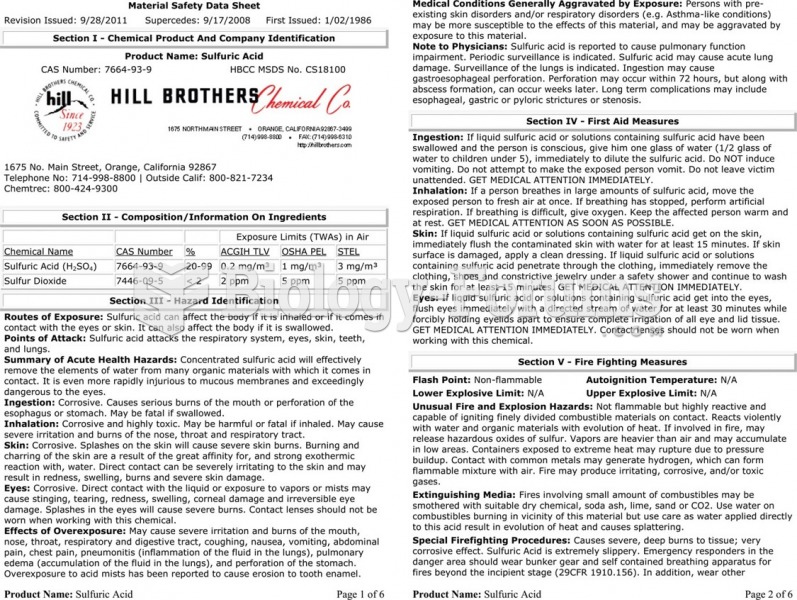|
|
|
Thyroid conditions cause a higher risk of fibromyalgia and chronic fatigue syndrome.
The Centers for Disease Control and Prevention (CDC) was originally known as the Communicable Disease Center, which was formed to fight malaria. It was originally headquartered in Atlanta, Georgia, since the Southern states faced the worst threat from malaria.
Although the Roman numeral for the number 4 has always been taught to have been "IV," according to historians, the ancient Romans probably used "IIII" most of the time. This is partially backed up by the fact that early grandfather clocks displayed IIII for the number 4 instead of IV. Early clockmakers apparently thought that the IIII balanced out the VIII (used for the number 8) on the clock face and that it just looked better.
Malaria was not eliminated in the United States until 1951. The term eliminated means that no new cases arise in a country for 3 years.
Blood in the urine can be a sign of a kidney stone, glomerulonephritis, or other kidney problems.
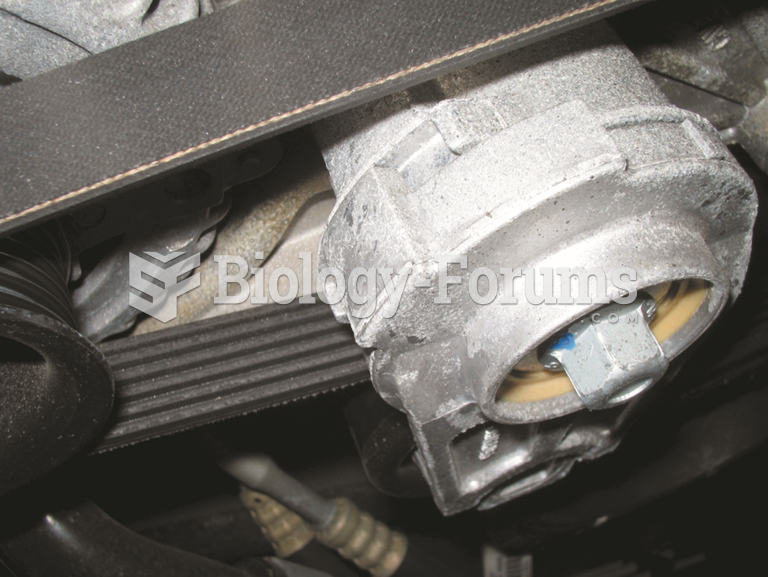 An accessory belt tensioner. Most tensioners have a mark that indicates normal operating location. ...
An accessory belt tensioner. Most tensioners have a mark that indicates normal operating location. ...
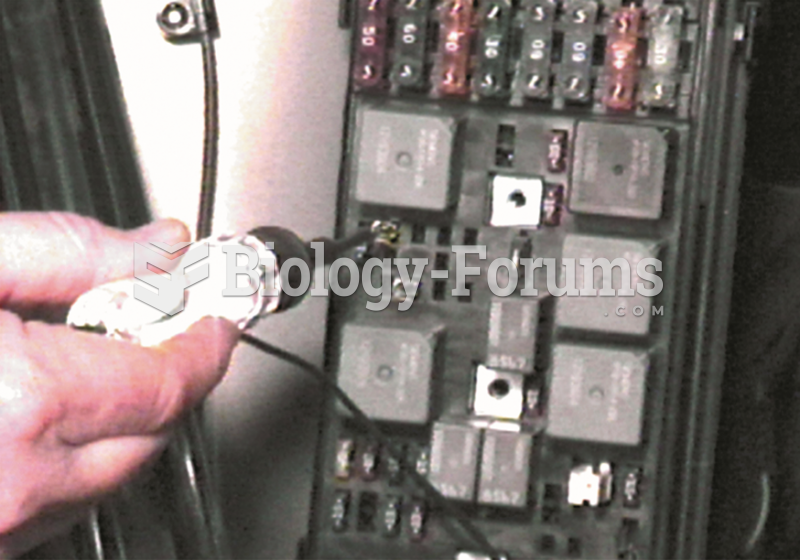 Use the test light to check for voltage at terminal 30 of the relay. The ignition may have to be in ...
Use the test light to check for voltage at terminal 30 of the relay. The ignition may have to be in ...


